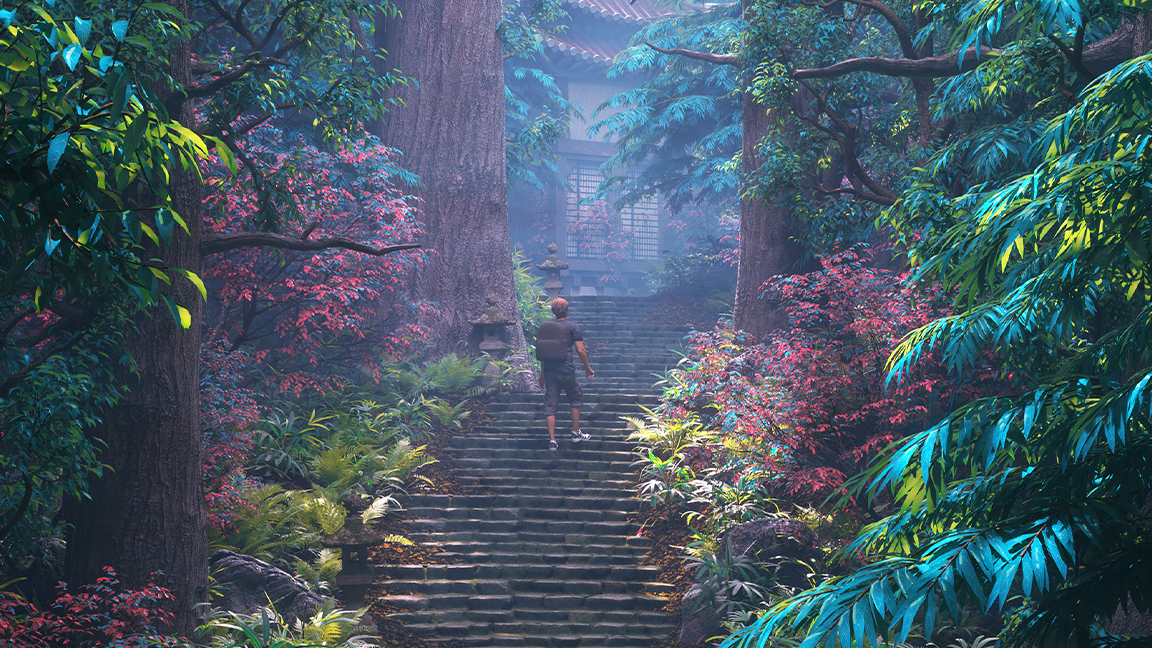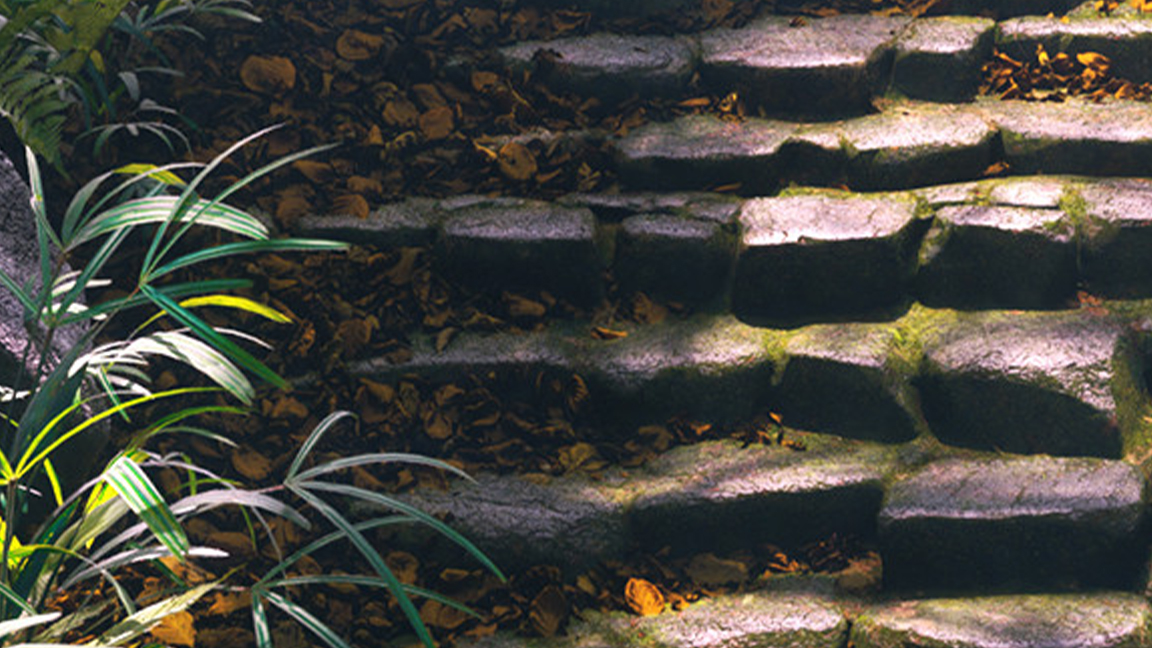
Here it is, OctaneRender 2022.1. Before I get into the meat of this latest software update, is anyone else confused by OTOY’s release numbering system? I’m sure someone understands it, so I’ll happily be educated with explanations on a postcard.
However, I can confidently say, at time of writing, that we’re now at OctaneRender 2022.1, the first stable version as part of the developer's 2022 releases. In the year prior to this release, OTOY has been open about its roadmap and plans for new features and improvements. The upside is that users can see what is likely coming in the future. The downside is that if it doesn’t deliver, it leaves artists underwhelmed and at risk of disappointment. OTOY has a habit of being overly ambitious and this appears true again.
At the end of 2021, OTOY announced a number of planned features including the Brigade kernel and the new multi-render system. The former is the much anticipated integration of OTOY’s real-time path tracing render engine. Unfortunately, this hasn’t made it into this stable release, but instead been pushed back into a separate test release. An even longer delay has been given to the multi-render system, initially due as part of version 2021 but now pushed back to version 2023.
If you're still confused, or just want to know more, read our OctaneRender beginner's guide and catch up on what this real-time renderer can do when our 10 top Octane tips and tricks.
OctaneRender 2022.1 is faster than ever

It’s not all delays though. The promise of a new photo-tracing kernel, a new layered material, and better handling of volumes are all delivered on time. Let’s take a closer look.
This new feature is all about caustics. It’s a new implementation for tracing photons that’s not only much faster than the previous solution, but also results in a lot less noise. These are two of the major hurdles for generating accurate and realistic caustics.
According to OTOY, this new kernel is about 1,000 times faster, which by any standards is quite the improvement. It’s fair to say they were slow to render before, but there’s no such issue now. This speed means artists will be able to set up caustics quickly and fine tune the results without having to go through slow iterations.
The lack of noise is a result of combining not only GPU photon mapping, but also path guiding. This means artists can get away with a lower number of samples and still maintain MaterialX. Octane has opted for Autodesk’s specification.
This news will be well received by those already used to renderers that utilise this specification, such as Arnold. It will also be of benefit on projects that make use of both OctaneRender and Arnold, as materials will be consistently displayed across renderers. Most artists won’t care for the benefits of standardisation, but will no doubt appreciate a new robust material.
OctaneRender has also updated individual layers of the material including improved diffuse roughness, anisotropic reflection, and subsurface scattering that now includes two layers.
Now more stable, OctaneRender 2022.1 impresses

For the final major part of this release, up steps OctaneRender’s Standard Volume medium for volumetric effects, and most notably clouds. This is further evidence of OTOY’s fruitful relationship with Autodesk. For those who know Arnold, this implementation is similar to its Standard Volume.
One of the biggest issues with the previous Volume medium was how unstable and unpredictable it was. It would regularly crash and if you weren’t diligent on saving, then a lot of work could be lost. OTOY’s new offering is much more stable and reliable.
Faster and more reliable than previous versions, OctaneRender 2022.1 is a solid renderer that is only let down by the promise of new features that have been delayed. If you're already an user, you won't be disappointed.
This article was originally published in issue 297 of 3D World Magazine. You can subscribe to 3D World at the Magazines Direct website and get 3 issues for £3. The magazine ships internationally.







